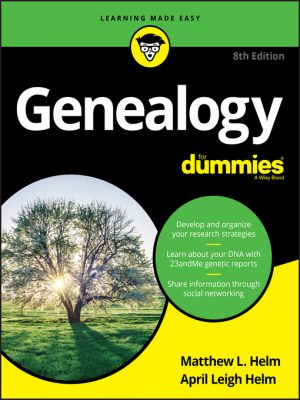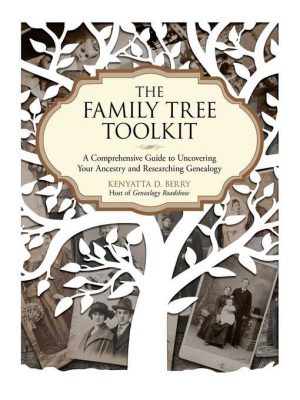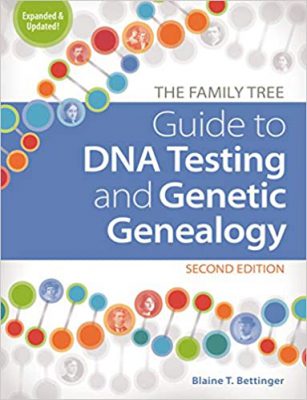The Hunt for a Family Tree: 3 Genealogy Tips from a Seasoned Amateur
Posted on September 22, 2021 at 6:00 am
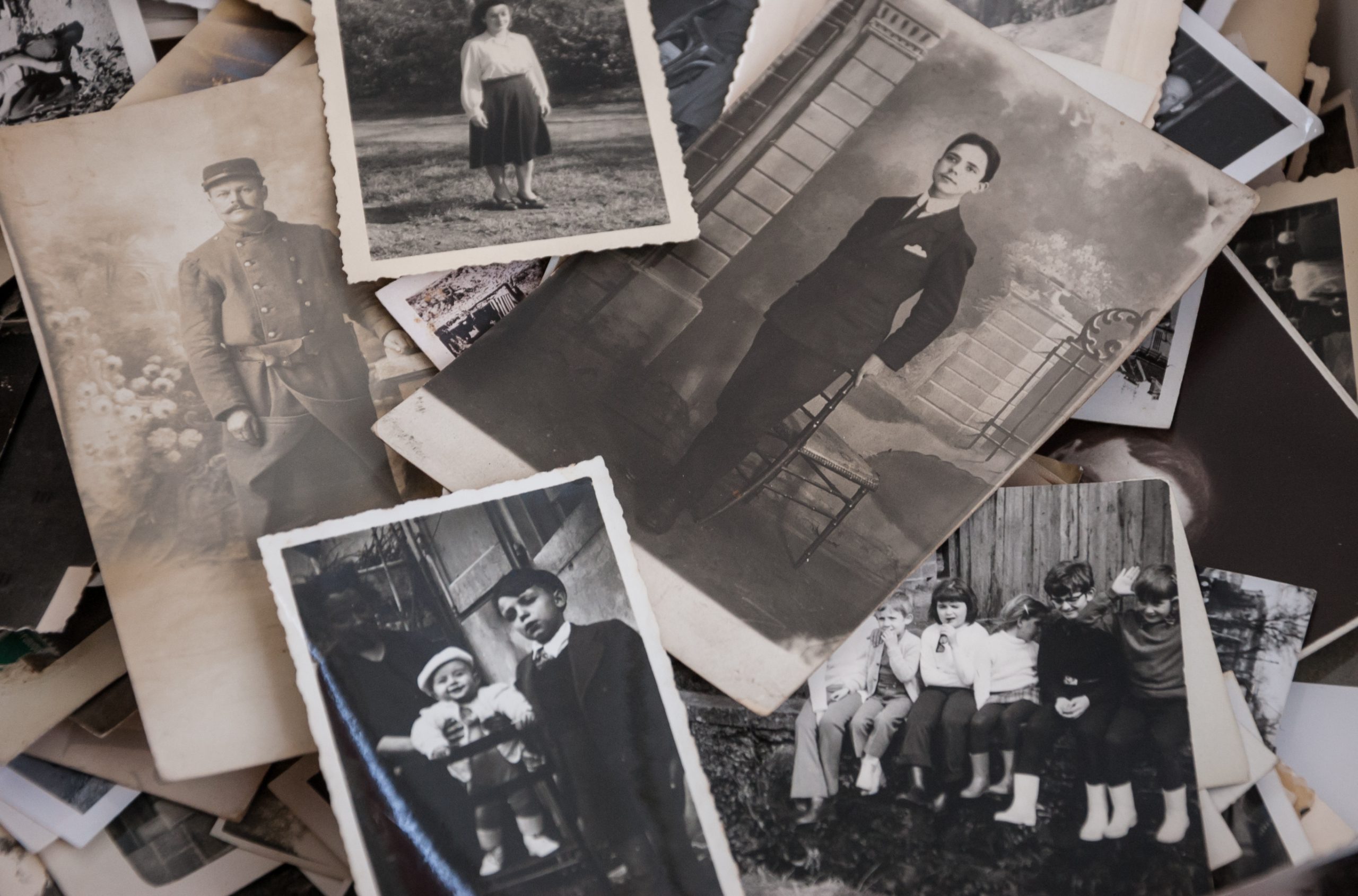
By Sheri Boggs
I am not a professional genealogist. However, I’ve been dabbling in genealogy for most of my life.
When I was ten years old, I read a haunted doll story (Twin Spell, by Janet Lunn), in which the twin protagonists solve a generations-old curse with the help of their great-aunt and her formidable genealogy skills. “Whoa!” thought ten-year-old me.
Hoping my own family tree might yield similar mysterious adventures, I remember cornering my great-grandmother that Thanksgiving and pressing her for as many names and dates as she could remember. In her soft, wavery voice she told me about growing up in Izard County, Arkansas, and of people named “Ollie” and “Homer.”
My great-grandmother talked about secretly eloping with my great-grandfather as teenagers and then each returning to their own homes so their parents wouldn’t find out and be mad. She told me about coming West during the Great Depression with four kids and only what they could fit in their old Model T automobile.
At the time I was disappointed by my ancestors’ ordinary lives—so, no ghost dolls—but over time I’ve come to appreciate the grit with which they lived their lives and how they each, in their own small way, were a part of American history.
It’s this sense of being part of a bigger story that keeps me coming back to genealogy today. I’m an amateur in every sense of the word, learning as I go without any real education and coming back to my tree whenever there’s a spare minute, sometimes after months at a time.
Along the way I’ve learned a few genealogy tips and truisms—things I wish I’d known at the beginning and, in some cases, things I wouldn’t have appreciated until now.
I’ve also discovered some great resources, many of which are available from Spokane County Library District. If you’re like me and have more genealogy passion than you do time or organizational skills, I encourage you to read on.
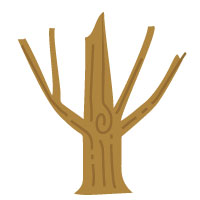
1. The Basics
It’s worth it to learn the basics. I cannot stress this enough.
If you’re new to genealogy there is a bewildering amount of material to process. And when I’m bewildered, I ignore all the details and just start typing in stuff, like names. This part can be really exciting, especially when you’re working with one of the big sites like Ancestry or FamilySearch.
As you start finding more information, it’s tempting to just start adding as many related names as you can find and watching the number of people on your tree grow, almost as if you’re playing ancestor Pokémon. But over time you learn there is a right way to do genealogy and a wrong way.
More than once I’ve come across strangers’ entries about people who I knew well that are just plain wrong. Sometimes the issue is wild conjecture, in which dots are connected that don’t actually belong together. Sometimes, it is sloppy documentation where they’ve entered the wrong name from a vital record that never gets corrected, and then others come along and copy the mistaken information.
Over time, you learn to slow down and make sure you have supporting information for everyone on your tree. You also learn what it means when you have a second cousin once removed and why it is hard to find results from the 1890 census.
Because so much genealogy work is public and shared, understanding the basics benefits both you and the entire genealogy community.
Here are some of my favorite beginner resources:
Genealogy for Dummies, by Matthew L. Helm
This may seem too obvious a choice, but this really is a great place to start, especially if you’re baffled by some of the terminology you’ve seen on the major sites or haven’t sketched out more than a rudimentary 2-3 generation, immediate families-only tree.
This digital resource is available for home use through December 31, 2021, and I couldn’t be more excited. I have a paid Ancestry subscription at home, but the library edition is sometimes easier for me to navigate.
It has all kinds of downloadable printable forms that can get you started on your genealogy journey without having to immediately subscribe to the paid version. The printables are also a really helpful way to gather information when you’re ready to build your tree digitally, either on one of the major sites or with genealogy software.
HeritageQuest Online is a free, digital resource and is available to use anywhere, anytime, for in-district library card holders. It works a bit differently than Ancestry, but it includes billions of records from 60 countries and over 28,000 family books. You can get tips on finding information and how to search its data sets in the “Research Aids” area. Its data sets include U.S. and Canadian census records dating back to the late 1700s and the mid-1800s, respectively, and quite a few other record types.
If you are struggling to pinpoint the area where your great-great-grandfather lived, HeritageQuest has a convenient census map that you can use to see how counties across the U.S. changed their boundaries and even their names over the decades.
Genealogy Basics from Gale Courses
This is a free, six-week online class available to library customers with an in-district SCLD library card. Taking a course is a great approach for would-be genealogists who work full-time or have hectic home lives because the information is broken down into manageable chunks and helpful exercises that you can do at the beginning or end of a busy day.
The Family Tree Toolkit, by Kenyatta D. Berry
This eBook takes the approach of thinking less about the major genealogy companies’ DNA samples and ethnic percentages and more about the story of where your ancestors came from, how they migrated, and what historical events influenced the movement of populations from one decade to the next. I especially like this resource for its sections on Native American, African American, and other non-European ancestry tips.
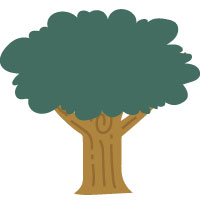
2. Develop a Method
As I mentioned earlier, I’ve never sat down to do genealogy research with an actual plan. Usually, I’m tired and just want the dopamine rush of chasing a hunch, and I can tell you from experience, this approach is a huge waste of time.
Often, months later, I will have forgotten that I already researched something, and because I didn’t set out with a plan, I don’t remember what I discovered.
Family Tree Magazine has great advice on crafting a Research Plan, in which you approach your research with a defined objective, and even a hypothesis, that will help you use your time more wisely and save you time down the road so you don’t have to retrace your steps.
In a similar vein, I encourage you to document or save anything you come across that helps put the bigger picture together.
This has come up for me more than a few times where I see something interesting related to a name on my tree, but I’m busy trying to find something else and I think I will remember it when I come back later. Later, I’m trying to remember where I saw that my great-great-uncle died in a mental hospital and if I just imagined seeing a faded photo of my paternal grandparents.
Most of the big genealogy sites have a tool to save things you find to look at later, either in a digital “shoebox” or in an email you can send to yourself. In addition to saving potentially useful information, be sure when you’re building your own tree to support whatever life events are there with documentation, which can be from a census, military records, vital records, and other resources.
My other bit of methodical advice would be to start local. After that, expand your geographical search area as you build your tree further back. For people whose family hails from the Inland Northwest, there are some great regional resources, including the Eastern Washington Genealogical Society, the Washington State Library Digital Resources and Collections (which includes historical maps, photos, and even a Washington State Obituary Index).
If your family has branches in Medical Lake, Moran Prairie, or Rockford, be sure to check out the respective Washington Rural Heritage links on the Digital Library page.
My personal favorite local resource is Ewanida Rail Records, a collection of alphabetical lists of everyone buried at more than 400 cemeteries in Washington, Idaho, Arizona, California, Montana, British Columbia, Ontario, Oregon, South Dakota, Wyoming, and even Australia (Queensland).
This collection was built by self-professed “cemetery lady” Maggie Rail, who walked every row in each cemetery, painstakingly documenting the names and dates on every single headstone. In some cases, as in the 37 cemeteries flooded by the reservoir created by the Grand Coulee Dam, Maggie researched local funerary records to determine who had originally been buried there and later relocated. Maggie passed away in 2018 but her website appears to still be operational. You can read more about Maggie here.
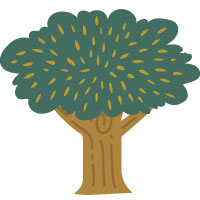
3. Be Prepared for Surprises
One thing that’s often surprising to new genealogists is how much material is still not available online. The reasons for this have to do with staffing, time, and money. Often libraries, museums, historical societies, schools, and other organizations don’t have enough staff to scan old documents or transcribe records, or there aren’t funds for the technology involved.
In these cases, the materials are still in their original form, housed in archives. Archives West collects finding aids (tools that help a user find information in a specific record group, collection, or series of archival materials) for these primary sources so that someone tracking down her great-great-great-grandmother’s primary diary can possibly locate the institution that has it and so that the institution’s staff can locate which box it’s in if a researcher wants to see it in person (and the institution allows viewing).
Anyone who’s taken a genealogical DNA test is certainly aware of potential surprise results—many of the big genealogy/DNA companies warn customers of this very thing even before one’s saliva sample is sent away.
In the case of my own DNA, on one side of the family I was shortly thereafter contacted by a second cousin who suspects I had an uncle I never knew about, and on the other side I discovered that my great-grandfather, who left home at the age of 9, changed his entire name at some point. These both remain unsolved mysteries and, although I can determine the “what” of the evidence I have, I don’t know if I’ll ever discover the “why” in each case.
The Family Tree Guide to DNA Testing and Genetic Genealogy is a useful guide to understanding how the three most common methods of DNA testing work, how to navigate the prickly conversations that can arise when one’s results are unexpected, and how to upload your results to third parties like GEDMatch to find even more DNA matches.
Finally, some surprises can be delightful, as in situations where you find great big chunks of work have already been done for you.
Family Search, operated by the Church of Jesus Christ of Latter-day Saints, is a free alternative to Ancestry and has quickly become one of my favorite resources. Signing up for a free account does not invite missionaries to your door, but it does give you access to “the world’s largest shared family tree,” with over a billion unique records and an easy-to-use interface.
I’ve always been a huge history nerd with more than a passing interest in medieval England. Through the work of other genealogists, I discovered a branch of my family tree that extends all the way back to Nottingham in the 1100s and another branch that once lived in what is now the ruins of a vast Scottish castle.
Are you an amateur (or professional) genealogist? What are some of your favorite resources? Let me know in the comments!

Tags: adults, ancestors, ancestry, Ancestry Library Edition, books, census records, digital resources, family history, Gale, gale courses, genealogy, guides, HeritageQuest, public records, research

